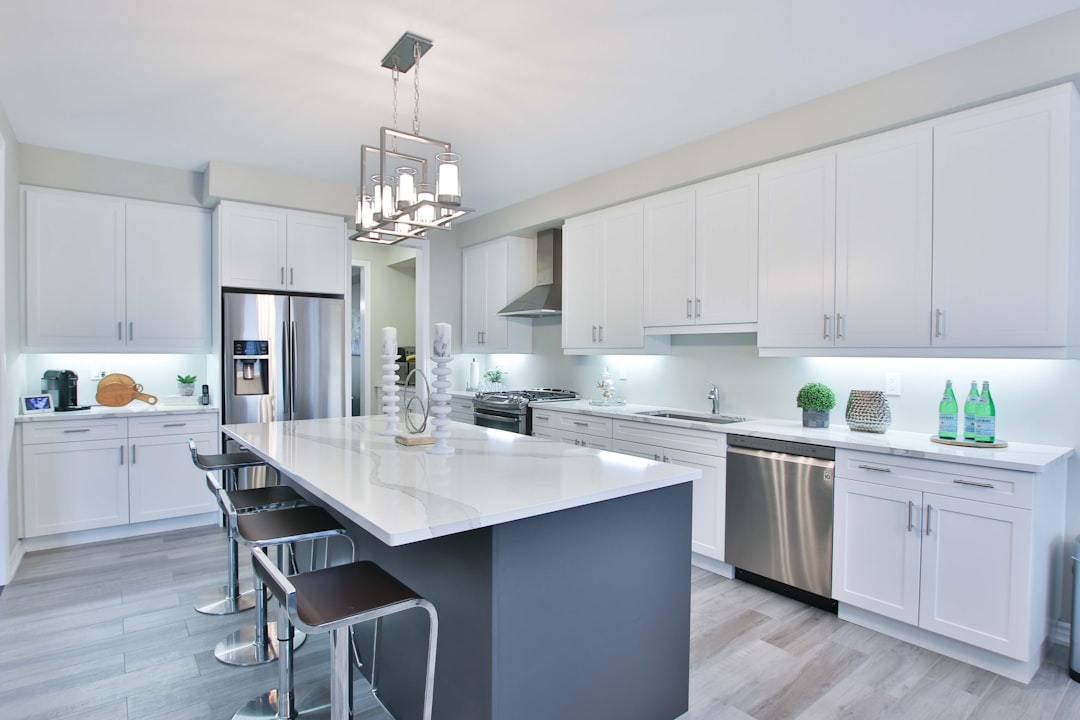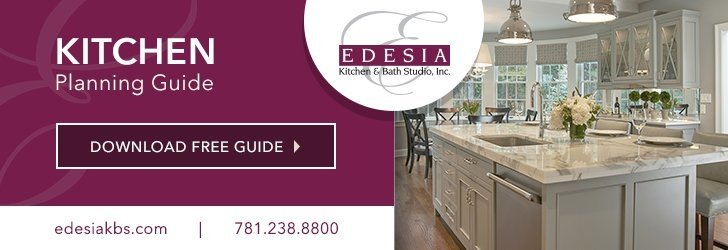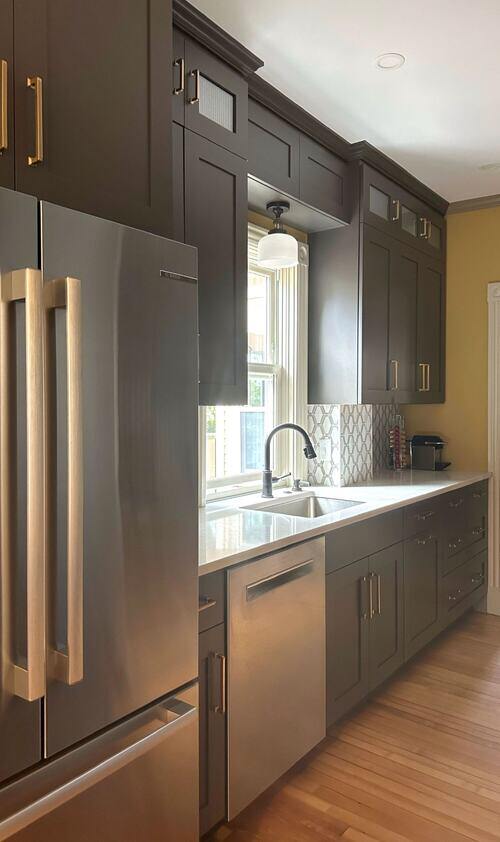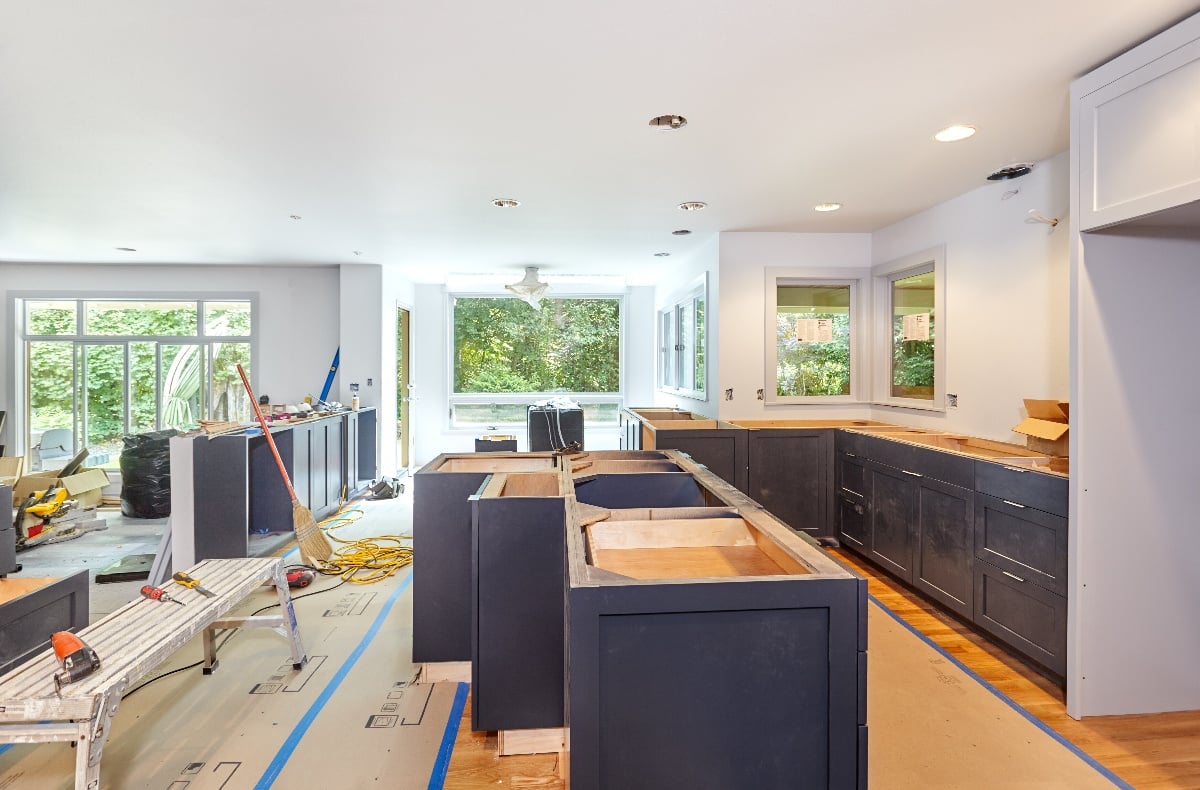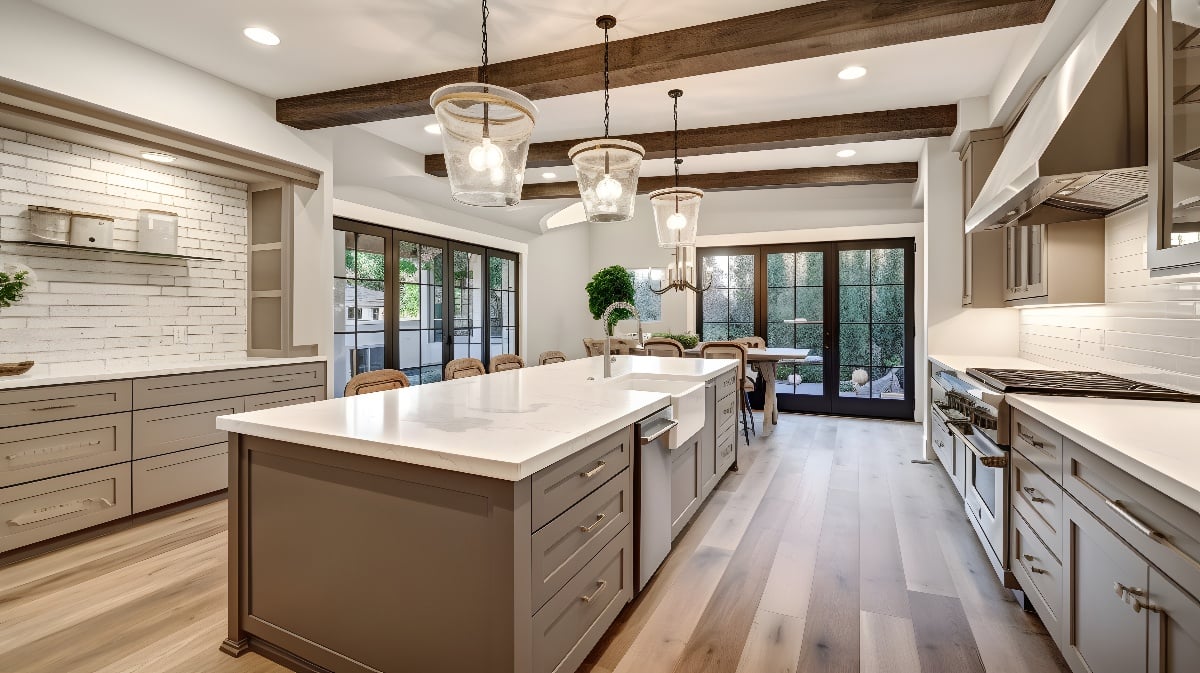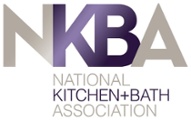A well-designed pantry is essential for creating a functional and stylish kitchen. In addition to providing ample storage space, a thoughtfully designed pantry can significantly enhance the overall aesthetic appeal of the kitchen. For instance, incorporating a hidden doorway to access the pantry behind the kitchen can add an element of whimsy and wonder to the home. This unique design feature not only maximizes space but also contributes to the overall charm of the kitchen. By seamlessly integrating the pantry into the kitchen layout, homeowners can achieve a cohesive and visually appealing space that is both functional and stylish.
Furthermore, when considering the design and layout of a pantry, it's important to take into account the specific needs and preferences of the household. For example, the pantry's design should reflect the cooking and dining habits of the residents, ensuring that it optimizes convenience and accessibility. By customizing the pantry to suit the individual requirements of the household, it becomes a tailored space that not only enhances organization and efficiency but also adds a touch of personalization to the kitchen area.
Types of Kitchen Pantries
When it comes to kitchen pantries, there are diverse types to consider, each with its unique features and benefits. For instance, walk-in pantries offer ample storage space and the ability to accommodate a wide range of items, making them ideal for larger households or avid cooks who need extensive storage. On the other hand, wall pantries are an excellent space-saving option for smaller kitchens, as they can be seamlessly integrated into the existing cabinetry, maximizing available space and maintaining a streamlined look.
Furthermore, the decision to have a pantry with or without doors is a crucial consideration that greatly influences the functionality and design of the pantry. For instance, walk-in pantries without doors can offer a more open and accessible storage solution, allowing for easy visibility and convenient access to items.
Conversely, pantries with doors, such as freestanding or slide-out pantries, are beneficial for concealing pantry contents, maintaining a clutter-free appearance in the kitchen, and providing a cohesive look with the surrounding cabinetry. Considering these factors is essential for homeowners to make informed choices that align with their specific storage needs and aesthetic preferences.
Maximizing Space and Organization
When it comes to maximizing space and organization in a kitchen pantry, there are several key considerations to keep in mind. Utilizing vertical storage is an effective way to make the most of the available space. For example, installing tall shelving units or using stackable bins can help optimize the vertical space in the pantry, allowing for more items to be stored without taking up additional floor space. This approach can be particularly beneficial for small or narrow pantries, where every inch of space matters.
Another practical idea for maximizing space is to incorporate Lazy Susans, non-wire shelves, and utilize the back of the door. Lazy Susans are great for storing items like spices, canned goods, or condiments, as they allow for easy access to items that would otherwise be hard to reach. Non-wire shelves provide a sturdier and more stable surface for storing heavier items, while the back of the door can be utilized for hanging organizers or racks to store smaller items, maximizing the use of every inch of available space.
In addition to these solutions, implementing varied types of storage solutions such as cabinets, open shelves, pullout drawers, and pullout spice racks can significantly enhance the organization within the pantry. For instance, pullout drawers can make it easier to access items stored at the back of deep shelves, while pullout spice racks can keep spices neatly organized and easily accessible.
By customizing the pantry lighting for improved functionality and easy access to items, it becomes easier to locate items quickly and efficiently, contributing to a well-organized and functional pantry space. These thoughtful design choices can make a substantial difference in the overall usability of the pantry, ensuring that every item has its place and is easily accessible when needed.
Design and Customization
When it comes to transforming a dysfunctional pantry into a functional and organized space, customizing the design is key. One creative idea for building a pantry behind the kitchen is to use a hidden doorway, adding an element of whimsy and wonder to the home. By incorporating this high-impact design, you not only create a practical storage space but also infuse a sense of style and intrigue into your kitchen area.
For example, consider the installation of custom shelves that are tailored to the specific dimensions of the pantry space. This approach not only maximizes the use of available space but also allows for the accommodation of items of varying heights, from small jars to larger kitchen appliances. Additionally, the use of laminate shelving can provide sturdiness and ease of cleaning, contributing to a more functional and organized pantry.
Furthermore, the strategic use of baskets, wire baskets, and clear glass jars can enhance the overall organization and presentation of items within the pantry. For instance, utilizing baskets for grouping similar items, and clear glass jars for storing dry goods, not only contributes to efficient organization but also adds an aesthetic appeal to the space. This attention to detail and customization can result in a pantry that is both stylish and highly functional, addressing the needs of everyday use while maintaining an attractive and cohesive look.
Practical Considerations for Pantry Design
When designing a kitchen pantry, it's crucial to consider the standard sizes for both the pantry itself and the pantry cabinets. Typically, the standard size of a pantry can vary, but a common size is 5 x 5 feet with a minimum aisle width of 44 inches. This standard size provides enough space to move around comfortably and access items stored in the pantry, ensuring that the functionality of the pantry is not compromised.
In addition to size considerations, the choice of pantry doors plays a significant role in the overall design and practicality of the pantry. Pantries can have doors or be designed without them, and each option comes with different considerations. For instance, a pantry with doors can provide a more streamlined and cohesive look in the kitchen, while a pantry without doors allows for easier access and visibility of the pantry contents.
Therefore, it's essential to weigh the pros and cons of each door option based on the specific needs and layout of the kitchen to ensure that the chosen design aligns with the desired level of functionality and aesthetic appeal. By carefully considering the standard sizes and door options, homeowners can create a kitchen pantry that seamlessly integrates into the overall kitchen design while meeting their storage and organizational needs.
Adding Style and Personalization
When it comes to adding style and personalization to your kitchen pantry, there are several creative ideas to consider. One popular approach is to introduce a pop of color to the pantry space. This can be achieved by painting the pantry door or the interior walls in a vibrant and eye-catching color that complements the overall kitchen decor. For instance, a bold turquoise or a sunny yellow can instantly inject a sense of personality and vibrancy into the pantry, making it a standout feature in the kitchen. Additionally, incorporating fun design elements such as decorative knobs or handles for the pantry doors can further enhance the visual appeal and create a personalized touch.
Another effective way to infuse style into the pantry is by paying attention to the presentation of items on the open shelves. Utilizing stylish and coordinated storage containers, such as woven baskets, glass jars, or decorative tins, not only keeps the pantry organized but also adds a touch of elegance and sophistication. For example, grouping items in aesthetically pleasing containers and arranging them neatly on the shelves can create a visually appealing display.
Furthermore, integrating labels or chalkboard labels on the containers not only aids in the easy identification of items but also contributes to the overall charm of the pantry. This attention to detail not only elevates the functionality of the space but also ensures that the pantry exudes a stylish and personalized feel.

